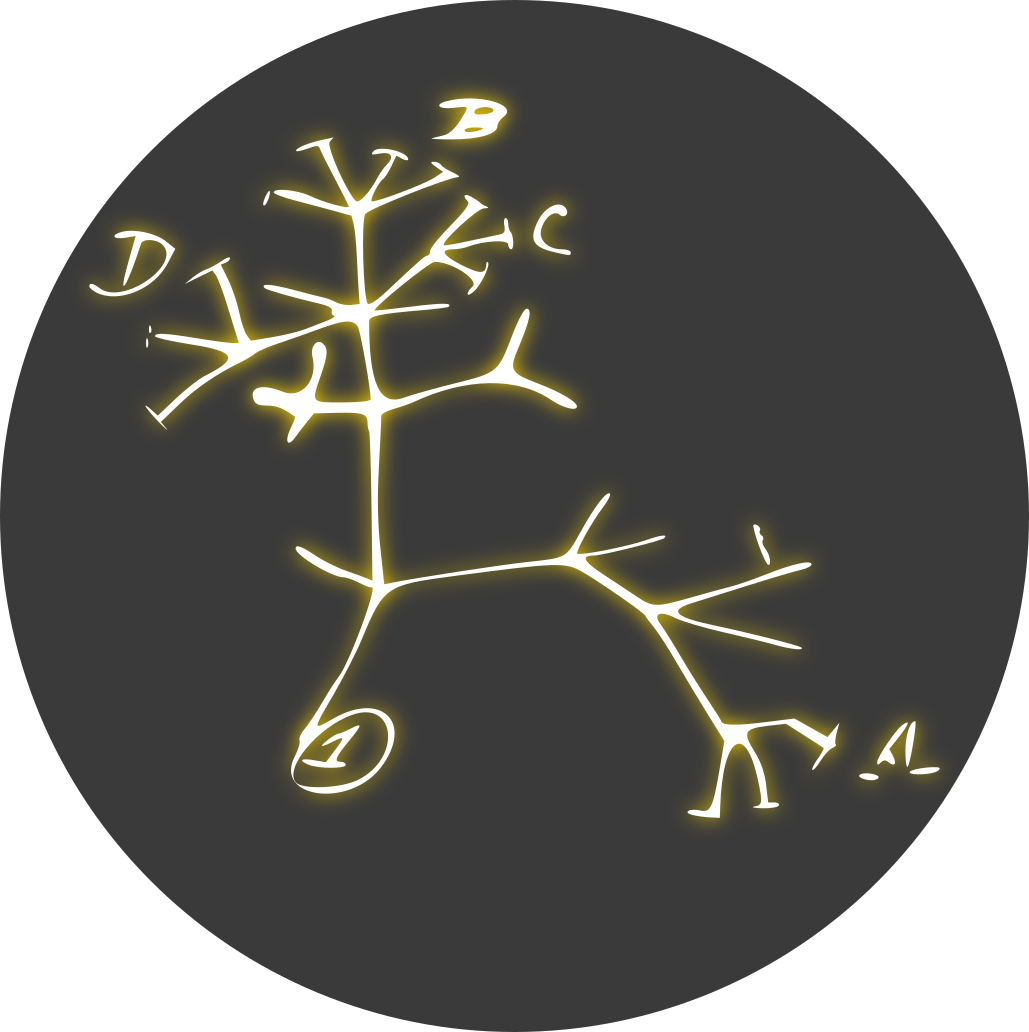I’m interested to know how we know what chlorophyll was like billions of years ago. Seems like a chemical composition that would decompose over the course of even thousands of years.
We don’t know what chlorophyll was like billions of years ago! But we do know from studies on protein evolution the general paths that proteins take as they evolve, and it is highly likely that a structure as complex as these reaction center dimers began as a monomers and evolved to dimerize. The reason is that molecular evolution takes place in small steps, and evolving a complex structure while simultaneously maintaining its ability to form functional dimers as it evolves is not a likely pathway, because many mutations would require at least two functional changes (new functionality + self-interactions created or maintained). Furthermore, if there was no selective pressure to dimerize we would see today functional monomers being used as well. But we only find dimers, so there is clearly a strong evolutionary pressure, making it even more likely that these proteins evolved to dimerize. I recommend the book “Protein Evolution” by Laszlo Patthy for a technical overview on the topic, and many very cool and concrete examples.
In the paper they do explicitly point out our lack of knowledge about the past:
Our aim is to survey possible explanations for the dominance of RC dimerism and, especially, for the strong coupling between the two pigments in the special pair. As with any attempt to reconstruct reasons for long-ago evolutionary change, we cannot offer definite answers. Evolution rarely has an unambiguous explanation, with large differences in phenotype usually being end results of an undirected and disorderly process influenced by many kinds of selection pressures. More generally, evolutionary reasoning is often abductive, trying to find the best explanation (which may be a combination of multiple reasons) for a set of observations. Abductive conclusions are never logically certain and should be qualified as “most likely” or “best available”, and they may change in light of new evidence. So, to be more precise, our goal is to identify the likeliest explanation(s) of the RC dimerism and of the strong coupling in P, given the current evidence. This goal is hampered by over three billion years of evolutionary distance from the primordial dimerisation event. Because there is little certainty about any detail of the primordial RC, our discussion and models are qualitative. We only seek general trends that hold across a broad range of possibilities about the primordial RC. Even so, we are able to conclude that the most likely explanation of dimerisation (or, at least, of the strong coupling in P) is that it improved exciton transfer from an antenna to the RC, possibly by a large margin, despite having a deleterious influence on charge transfer. On balance, the improvement to exciton transfer was likely more significant, leading to an overall increase in RC performance.They also make many more specific claims about the evolutionary pathways and their logic, so if you are interested I recommend reading the “Evolutionary background” section of the original paper: https://pubs.rsc.org/en/content/articlepdf/2019/sc/c9sc03712h



